Amandine Petroff
The life of a pottery artisan
The refuge of an artisan in the French Alps
In the heart of the village of Gruffy, a few kilometers away from Annecy, a small house proudly displays a large wooden sign: "Atelier 2580". The four living rooms of this house have their own distinct objective: one of them is the shop, the other, a painting workshop, the third is the kitchen. And the fourth, at the corner between the kitchen and the shop, is Amandine Petroff's studio.
One can see her morning, noon and evening, making cups and bowls in her workspace. She has nothing to hide: her workshop is built so that light goes in from everywhere, illuminating its porcelain displays.
Formerly working in Annecy, Amandine chose the most peaceful place possible to devote herself to her art. Her shop is adorned with her creations: pots, bowls and luminaries created with translucent porcelain.
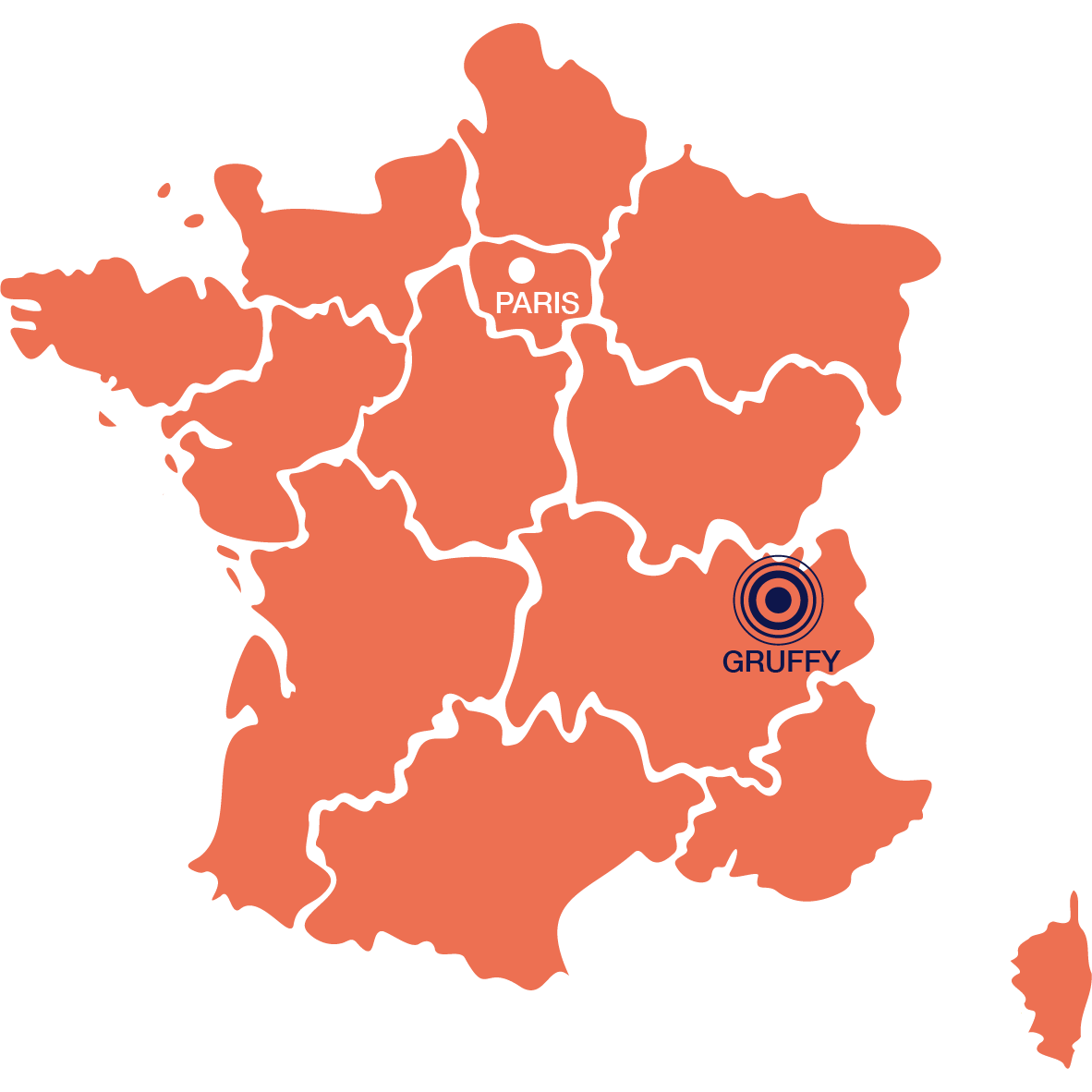
Gruffy is settled in the Bauges Natural Park, a steep and green region at the foothills of the French Alps. Some of Amandine’s colleagues, like her mentor Aurélia Fournet, chose to settle even further within the Natural Park, but Amandine chose the quiet village life, which is turning bigger by the year as Annecy citizens flee from the costly living of their city.
As a craftswoman, Amandine hopes to help revive her village, which has seen better days. After all, a pottery maker doesn’t need to move to do her job, and her creative crafts can invigorate a region that is quickly turning into an Alpine tourism hotspot.
Amandine's choice to become an artisan
Amandine traveled a lot before discovering her vocation as a pottery maker. In order to learn more about the profession, she went to the city of Jingdezhen, China, known as the cradle of porcelain. Her conversations with local artisans made her fall in love with this delicate and malleable material, that interacts so delicately with light.
Upon her return, she decided to give up her graphic design career and devote herself to pottery. Already disappointed by a profession that was quickly becoming digitized, she left her day job once she was 30 years old.
Still, she had a challenge to face, and it was daunting: she had to learn to live from her craft. To start up, she worked with a mentor, Aurélia Fournet, who received her in her workshop, training there every week-end.
Little by little, Amandine took the hand of the craft: while learning with Aurélia, she started networking amongst pottery-makers, and set out to found her own workshop. She finally established it in an old house in Gruffy, deciding to start working by herself before her personal style blended to much with that of her mentor.
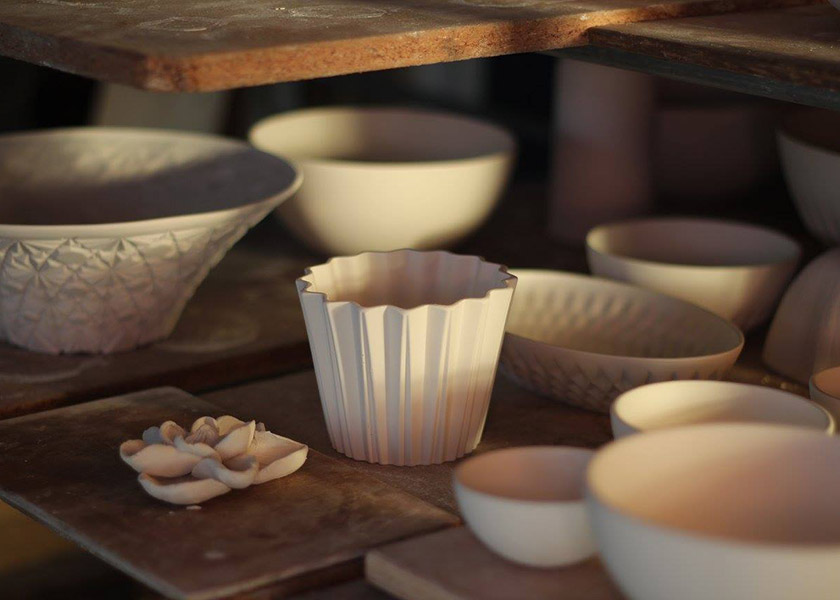
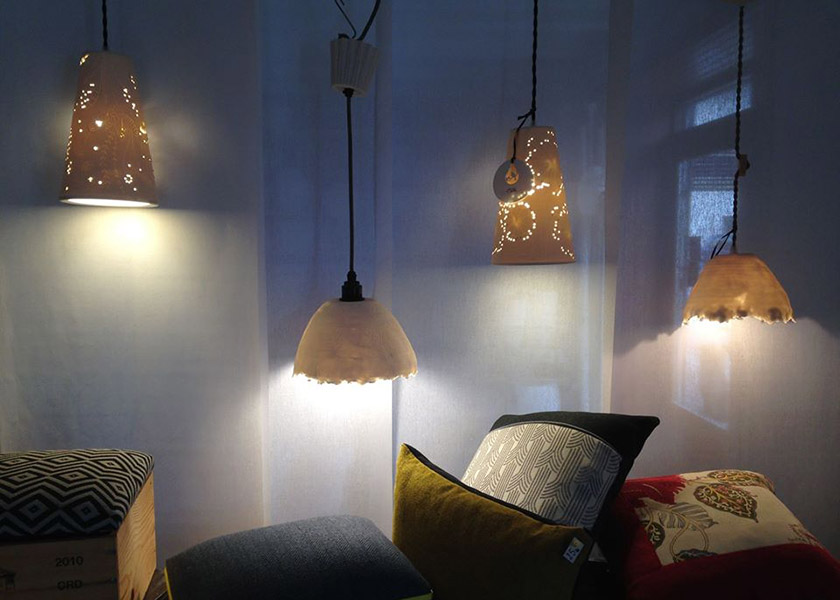
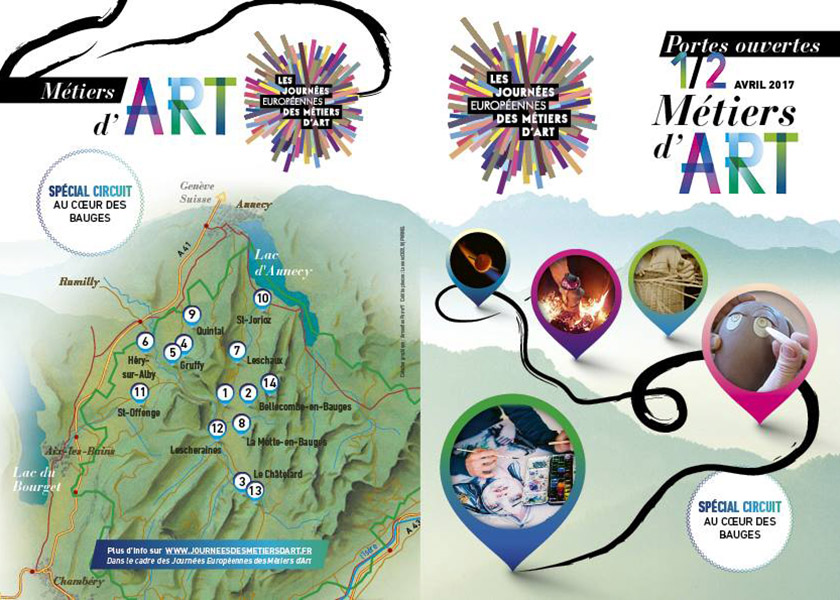
Pottery making, a job that cannot be done alone
Despite appearances, the life of a pottery-maker is made up of encounters: interaction with colleagues is essential for survival in that profession. Amandine’s workshop is a testament of her constant exchanges, as can be seen in her wide collection of bowls, that she gathers every time she travels and meets new colleagues.
Images from the Atelier 2580 Facebook page
Without a stable revenue, and having to deal with housing costs, the life of a pottery artisan isn’t simple. Strangely, the names that Amandine and Aurélia gave to their stores evoke concepts of eternity, maybe referring to the constant work that must be done to stay afloat: “By day and By night”, “As long as the Earth turns”…
However, like every artisan that fights for decent work, the world of pottery makers is extremely organized. Since the 1960s and the closing of traditional pottery factories, pottery-makers have united in regional and national associations, creating a charter and establishing standards of quality while leaving room for a wide diversity of techniques and styles. In addition, many of them carry actions to raise awareness and assert their rights as craftsmen.
Despite consumption habits that push people to buy industrially-made pottery, pottery-makers still exist and manage to strive. Indeed, their buyers are attracted by their works, which highlight their personality and the stories that are expressed by their crafts.
Many pottery-makers unite to sell and advertise their products together, such as in the store "Un éléphant dans le couloir", in Chambéry, where Amandine exhibits her works along with 6 other art craftsmen.
Above all however, a pottery-maker must lead an extremely disciplined life, striking a balance between constant work and personal life. Every year, they must deal with the uncertainty of not selling enough goods: the network of colleages is also helpful to provide help in those anxious times.
The year of a pottery-maker is divided into different sales seasons, for which one must prepare in advance. In January, one must register to pottery markets, and take advantage of this calm period, until March, to plan out the year. From mid-April to September comes the period of regional exhibitions, a prosperous period for sales as well as orders from restaurants: the Marché des Tupiniers, in Lyon, is its high point. Finally, October and November come, cam periods that precede the December sales boom.
Aurélia and Amandine are fortunate to be installed in the Bauges Natural Park, an increasingly popular tourism spot, and they have taken advantage of the situation to promote their workshops.
Images from the European Days of Crafts website
All in all, it is necessary to be united to live out from pottery. Still, most of the work will always have to be done alone. After all, all these support networks would be useless, if pottery wasn’t being created.
Manuel-Antonio Monteagudo
